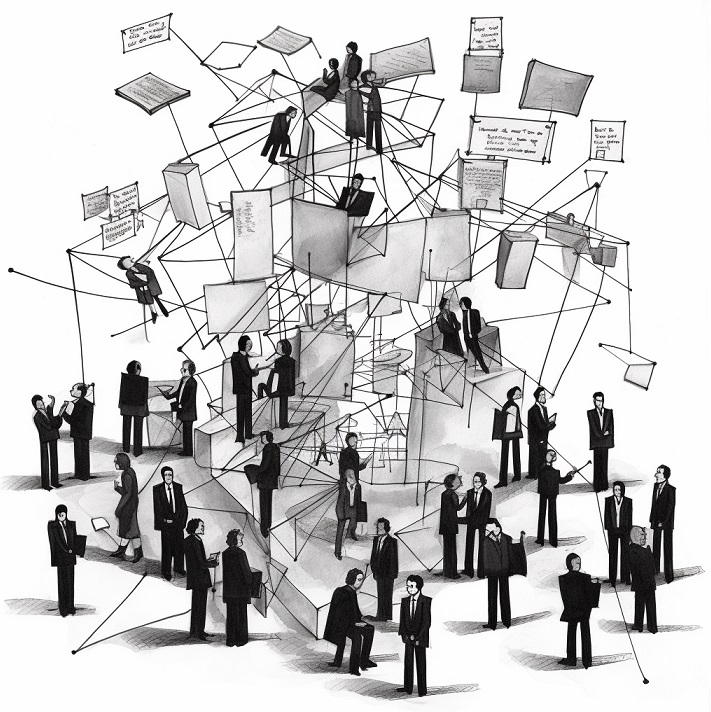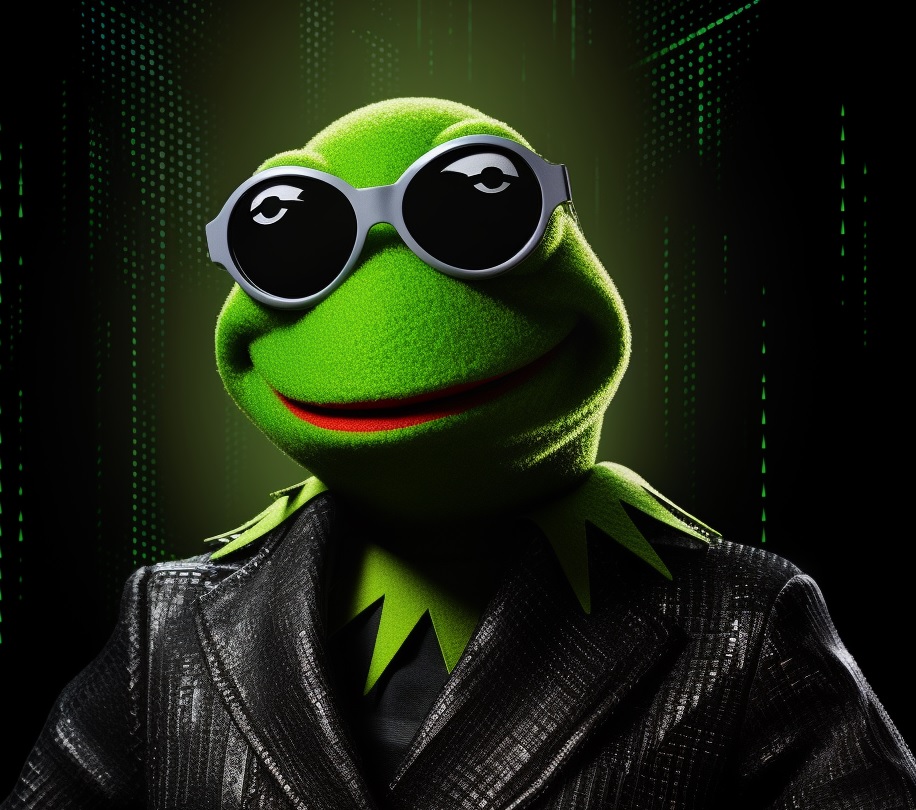 (Image Credit: Doug Buckley of http://hyperactive.to)
(Image Credit: Doug Buckley of http://hyperactive.to)
I just read a blog post written by 4th grade teacher Lori Rice — who reflects on the tendency of her students to speed through worksheets and assignments in class, then jubilantly report “I’m Done!”
Not all students, of course, will finish work at the same time – some will be faster, and some will be slower, and an individual’s skill and speed will even vary between assignments. There will be variation, not surprisingly. But this teacher reports that the variation in done-ness within a classroom actually poses challenges for classroom management AND learning management:
It is a feared utterance that teachers hear far too often from students. In a classroom full of diversified learners, there are very few lessons that allow everyone to finish at the same time.
This is a problem for two reasons: 1) the students need to have something to do when they’re “done,” and 2) if the students perceive that there’s something to do after the assignment that’s more enjoyable than the assignment, they tend to rush through to get to “done” so they can go do the something else.
But Lori has found a solution for her classroom: she teaches her students about standards for quality, and also instructs them on how to examine their own work to see if they are meeting the standards — and if not, how to continually improve. (Note: this is HUGELY significant! How many times do you remember, when you were in school, having a teacher or professor tell you about a process you could use to evaluate and continually improve your own work??!! I remember once, as a senior in high school at NCSSM. That’s all.) Here’s how Lori does it:
I spend the beginning of the year with my new, eager fourth graders, explaining what quality work looks like. We talk about, discuss, and practice self-checking for accuracy and neatness. When you finish a worksheet or project the first thing to do is look it over and think, “Is this MY best work?” It takes the first nine weeks before this is done independently by the majority of the class. Before it is independent I spend a lot of time asking, “What do you do when you finish? Look it over and see what you can make stronger.” Step one to the “I’m done!” declaration.
To close the loop, she also helps them explore choices for what they can work on if they really have achieved the state of done. Although she requires that they find new activities to explore that are relevant to the subject block (e.g. math-related explorations during “math time”) she is open to the students uncovering new interests and talents when they’re “done” with their assigned work.







Leave a Reply